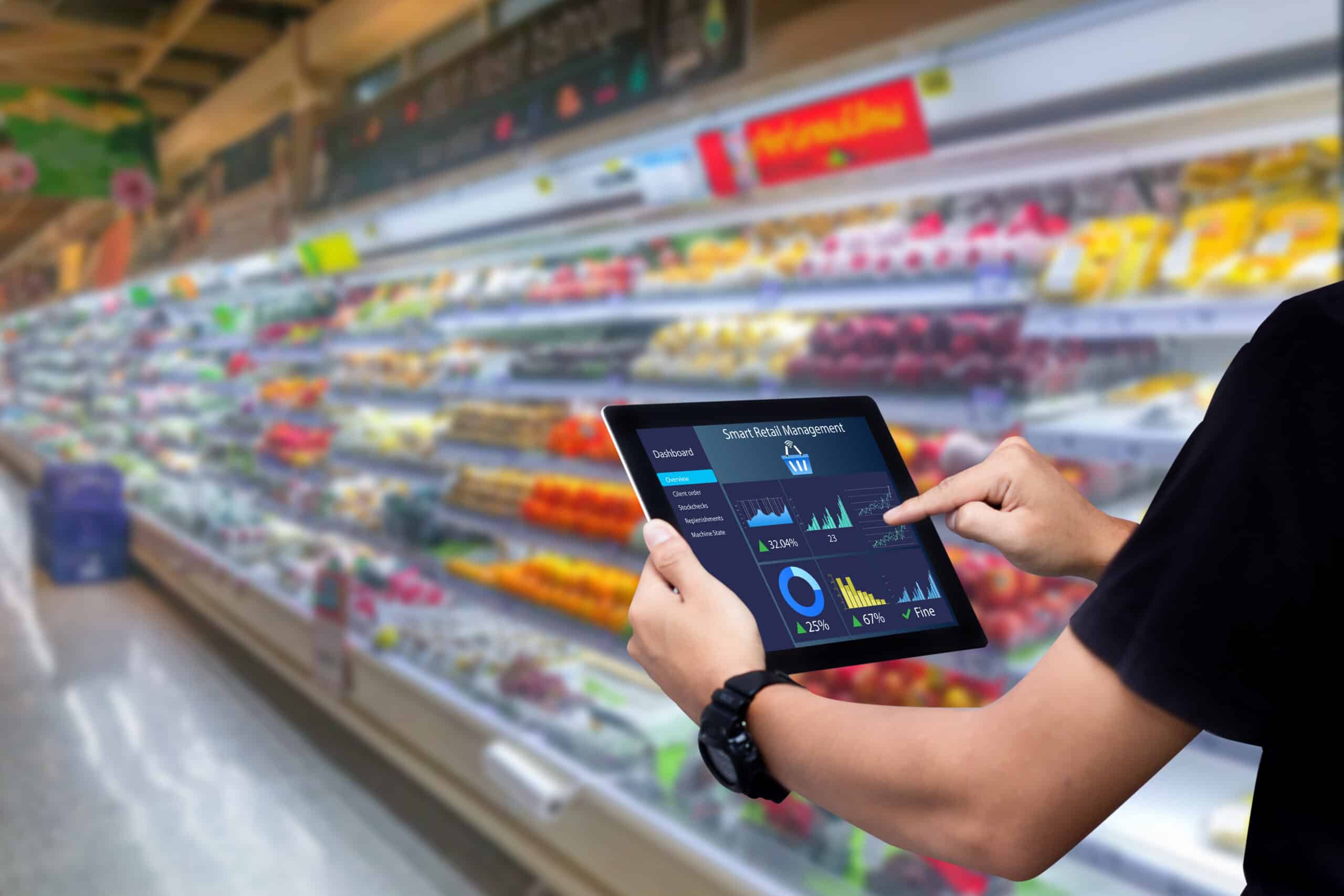- Retail merchandising is overdue for a shakeup.
- Technology is delivering it — faster, cheaper, and smarter.
Let me start with the obvious – the old broker models are broken in retail merchandising. Traditional merchandising brokers still focus on one thing — filling hours. Not performance. Not outcomes. Just hours. This leaves brands paying for effort, not results.
In addition, multi-year contracts used by most brokers trap brands. Retail moves fast. Think about how much the industry has changed in the last five months, let alone during a five-year merchandising contract. Brands get locked into outdated approaches that don’t flex with the market. By the time contracts expire, consumer trends and retail strategies have already shifted.
Transparency is currently MIA, resulting in brands struggling to know where hours are spent or whether key tasks — like new displays — actually get done. Without real-time visibility, missed opportunities pile up. Similarly, ROI is now hard to prove. Without clear performance metrics, brands have little insight into whether merchandising dollars drive results…or just noise. Marketing budgets face more scrutiny — and merchandising needs to justify its slice.
Bottom line: Retail merchandising is stuck in a world where trust replaces verification — and brands pay the price.
Tech is flipping the script: Smart tools are shifting retail merchandising from a blunt instrument to a precision machine.
- Flexible workforce deployment: No more “full-time or nothing.” Tech enables right-sized teams — 15-30 hours a week — that flex with actual need. This flexibility cuts costs without sacrificing store coverage.
- Better data aggregation + analysis: Modern platforms clean, integrate, and analyze store-level data faster and more accurately than ever. Brands no longer have to rely on patchy, manual reporting.
- AI + computer vision: Brands can now monitor planogram compliance, display setup, and on-shelf availability in real time, not weeks later. This ensures that merchandising execution matches marketing intent immediately.
- Precise labor matching: Instead of assigning generic reps, tech enables smarter labor matching — dedicated teams where needed, syndicated teams where possible, dynamic coverage for the rest. Brands get the right specialist for the right job, boosting execution quality.
Bottom line: Merchandising is becoming surgical — not scattershot.
Future State of Retail Merchandising
Here's where we're headed:
- Clear task delineation: Dedicated for brand launches, syndicated for routine resets, dynamic for promotional blitzes. Right work, right worker, right time. No more one-size-fits-all field teams fumbling through different tasks.
- 30-40% cost reduction: Technology could cut merchandising costs dramatically, while still delivering 95%+ of today’s benefits. Savings come from eliminating inefficiency, not reducing impact.
- Real-time launch tracking: Imagine knowing — same day — that 5% of your stores didn’t execute a critical launch. Now imagine fixing it tomorrow, not next month. Launch failures are caught early — and corrected before they hurt sales.
- Precision across networks: Brands will track merchandising performance not just at the chain level — but store by store, aisle by aisle. The era of “average performance metrics” is ending.
- Data-driven partnerships: Forget "trust us" — merchandisers will have to prove performance with cold, hard data. Accountability becomes a competitive advantage.
Bottom line: Brands get what they pay for. Merchandisers who deliver results win bigger slices of the pie.
Data and Analytics Evolution
Data isn’t just evolving — it’s exploding:
- From delayed to real-time: Instead of relying on outdated reports (think Nielsen 6-week lags), brands can now access real-time, store-level insights. Decision-making speeds up, and campaigns adjust on the fly.
- New sharing models: Data still needs to be monetized, but smarter models will allow brands to access timely info without breaking the bank. Brands and retailers will find new ways to share value while protecting margins.
- Disintermediation is coming: Middlemen who can't deliver value beyond "being the gatekeeper" are at risk. Brands will increasingly own their data relationships directly. The brands that control their own data pipelines will win faster.
Bottom line: The future belongs to brands that move fast, act on real-time insights, and demand more from their partners.
Three Big Takeaways
- Tech is unlocking a new era of smarter, faster, and more efficient retail merchandising.
- Brands can finally match labor to need, measure what matters, and optimize spend for true ROI.
- The winners will be those who embrace flexibility, transparency and speed.
The old way isn’t dead yet — but smart brands aren't waiting around for it to catch up.
